Table of content
As the frost of winter thaws and the world awakens with vibrant hues, spring invites us to embrace lighter, rejuvenating flavors. In many culinary traditions, duck stew emerges as a cherished dish during this transitional season, offering a harmonious blend of rich flavor and profound nutritional benefits. Duck meat, prized for its succulent texture and high iron content, becomes even more wholesome when paired with complementary ingredients that amplify its health-boosting properties. This article explores the art of crafting a spring duck stew, delving into the science-backed pairings that elevate its nutritional profile while celebrating the season’s bounty.
The Nutritional Powerhouse of Duck Meat
Before diving into complementary ingredients, it is essential to understand why duck meat forms the cornerstone of this dish. A 100-gram serving of duck breast provides approximately 135 calories, 21 grams of protein, and 5 grams of fat—primarily monounsaturated and polyunsaturated fats, which support heart health. Duck is also a remarkable source of selenium, a mineral that acts as a potent antioxidant, and B vitamins like niacin (B3) and pyridoxine (B6), which aid metabolism and brain function. However, to create a balanced meal, it is crucial to combine duck with ingredients that offset its inherent richness and introduce complementary nutrients.
Spring’s Bounty: Ingredients That Synergize with Duck
Bamboo Shoots: The Detoxifying Delight
Bamboo shoots, a quintessential spring vegetable, add a crisp texture and mild, earthy flavor to duck stew. Beyond their culinary appeal, these shoots are rich in dietary fiber, promoting digestive health and regulating blood sugar levels. They also contain phytosterols, compounds shown to lower LDL (bad) cholesterol. When simmered with duck, bamboo shoots absorb the meat’s savory essence while contributing a low-calorie, nutrient-dense element that balances the stew’s richness.
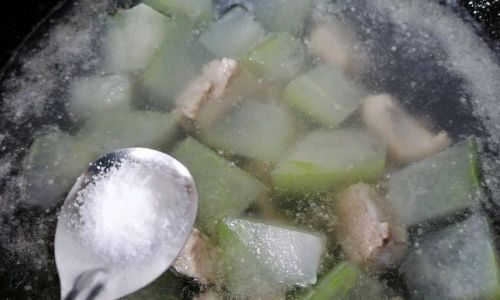
Lotus Root: A Symbol of Purity and Health
Revered in traditional Chinese medicine, lotus root offers a delicate sweetness and a crunch that contrasts beautifully with tender duck. This root vegetable is packed with vitamin C, which enhances iron absorption—a critical benefit given duck’s heme iron content. Lotus root also provides potassium, essential for maintaining electrolyte balance and blood pressure regulation. Its mucilaginous properties may soothe the digestive tract, making the stew easier to digest.
Shiitake Mushrooms: Immunity’s Ally
Shiitake mushrooms, with their meaty texture and umami depth, are a stellar addition to spring duck stew. They contain lentinan, a beta-glucan compound linked to enhanced immune function and reduced inflammation. Additionally, shiitakes are rich in ergosterol, a precursor to vitamin D, which supports bone health and immune modulation. Their earthy flavor pairs seamlessly with duck, while their nutritional profile adds a layer of disease-fighting potential.
Goji Berries: The Antioxidant-Rich Superfood
These vibrant red berries, also known as wolfberries, introduce a subtle sweetness and tang to the stew. Goji berries are celebrated for their high antioxidant content, particularly zeaxanthin, which protects eye health, and polysaccharides that bolster immune response. Their natural sweetness complements the duck’s richness without requiring added sugars, making them a guilt-free flavor enhancer.
Ginger: The Digestive Dynamo
Fresh ginger root, a staple in Asian cuisine, serves dual purposes in this stew: it imparts a warm, aromatic zing and offers digestive benefits. Gingerol, its active compound, aids in reducing nausea, improving digestion, and combating inflammation. When simmered with duck, ginger helps mitigate the meat’s potential heaviness, ensuring the stew remains light and refreshing—perfect for spring.

Jujube Dates: Nature’s Energy Boosters
Jujube dates, or red dates, add a natural caramel-like sweetness and chewy texture. These fruits are rich in vitamin C, potassium, and antioxidants, which support collagen production and cardiovascular health. In traditional medicine, jujubes are believed to calm the mind and improve sleep quality, making them a thoughtful addition to a nourishing meal.
Corn: Sweetness and Fiber
Sweet corn, a seasonal spring vegetable, introduces bursts of natural sweetness and dietary fiber. Its insoluble fiber aids digestion, while antioxidants like lutein and zeaxanthin promote eye health. When paired with duck, corn’s starchy sweetness balances the meat’s savory notes, creating a well-rounded flavor profile.
Carrots: Beta-Carotene Powerhouse
Carrots, with their vibrant orange hue, contribute beta-carotene—a precursor to vitamin A essential for eye health, immunity, and skin integrity. Their natural sugars caramelize during cooking, adding depth to the stew’s flavor. Paired with duck, carrots offer a satisfying contrast of textures and a nutritional punch.
The Science of Synergy: How These Ingredients Work Together
The true magic of spring duck stew lies in the synergy between its ingredients. Duck’s iron content is enhanced by vitamin C from lotus root and goji berries, ensuring optimal absorption. The fiber from bamboo shoots, corn, and carrots slows sugar absorption, preventing blood glucose spikes. Meanwhile, the anti-inflammatory properties of ginger and shiitake mushrooms counterbalance the meat’s saturated fat content, creating a dish that is both indulgent and health-conscious.

Culinary Techniques to Preserve Nutrition
To maximize the nutritional benefits of your spring duck stew, consider these cooking practices:
- Slow Simmering: Low, gentle heat preserves delicate nutrients like vitamin C and B vitamins, which can degrade under high temperatures.
- Skimming Fat: While duck fat is rich in monounsaturated fats, removing excess surface fat during simmering reduces calorie density without sacrificing flavor.
- Fresh Ingredients: Opt for locally sourced, seasonal produce to ensure peak nutrient levels.
- Minimal Salt: Enhance flavor with herbs, ginger, and garlic instead of excessive sodium, which can negate the dish’s heart-healthy benefits.
A Sample Recipe: Spring Harmony Duck Stew
Ingredients (Serves 6):
- 1 whole duck (3–4 lbs), cut into pieces
- 8 cups water or low-sodium chicken broth
- 1 cup fresh bamboo shoots, sliced
- 1 cup lotus root, peeled and sliced
- 1 cup shiitake mushrooms, stems removed
- ½ cup goji berries
- ½ cup jujube dates
- 1-inch ginger, thinly sliced
- 2 carrots, peeled and chunked
- 1 corn cob, cut into rounds
- 2 tbsp soy sauce (tamari for gluten-free)
- 1 tbsp sesame oil
- Fresh cilantro for garnish
Instructions:
- In a large pot, brown duck pieces in sesame oil over medium heat.
- Add ginger, soy sauce, and 8 cups water. Bring to a boil, then reduce to a simmer.
- Skim off any foam that rises to the surface.
- Add bamboo shoots, lotus root, and mushrooms. Simmer for 1.5 hours.
- Stir in goji berries, jujube dates, carrots, and corn. Cook for 30 minutes.
- Adjust seasoning and serve hot, garnished with cilantro.
Cultural and Historical Context
Duck stew has deep roots in East Asian culinary traditions, where it is often prepared during seasonal transitions to fortify the body against fluctuating temperatures. In China, for example, the dish is associated with the Qingming Festival, a time to honor ancestors while embracing spring’s renewal. The pairing of duck with lotus root and bamboo shoots reflects ancient beliefs in balancing yin and yang—the duck’s “warming” nature is tempered by the “cooling” properties of vegetables, creating a dish that harmonizes the body with the season.
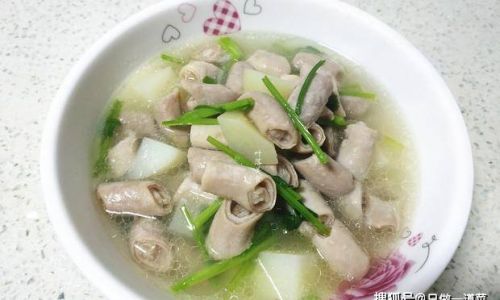
Modern Adaptations for Dietary Needs
For those with dietary restrictions, this stew is remarkably adaptable:
- Low-Sodium: Use reduced-sodium soy sauce and avoid added salt.
- Gluten-Free: Substitute tamari for soy sauce.
- Vegetarian: Replace duck with tofu or seitan, though this alters the dish’s traditional profile.
Conclusion: A Bowl of Spring Vitality
Spring duck stew is more than a meal—it is a celebration of nature’s cyclical rhythm and a testament to the power of mindful cooking. By pairing duck with seasonal, nutrient-dense ingredients, we create a dish that nourishes the body, soothes the soul, and honors the spirit of renewal. Whether enjoyed on a crisp evening or shared with loved ones during a festive gathering, this stew embodies the essence of spring: vibrant, balanced, and utterly rejuvenating.
As you savor each spoonful, remember that true nutrition lies not just in individual ingredients but in their collective harmony—a philosophy as timeless as the seasons themselves.
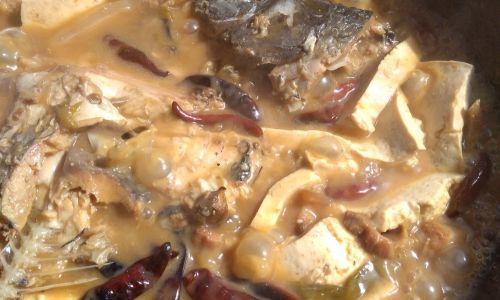
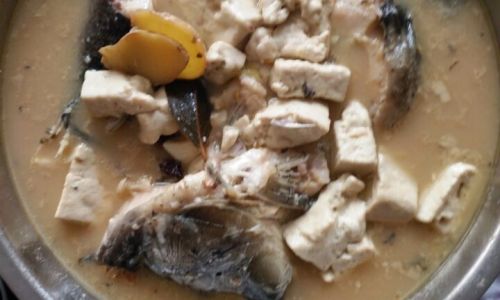
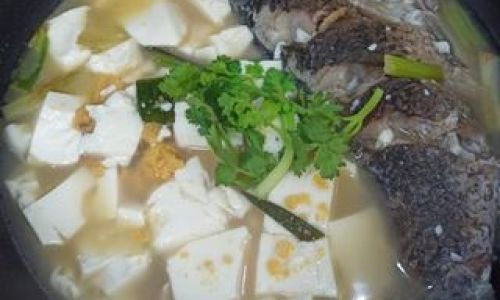
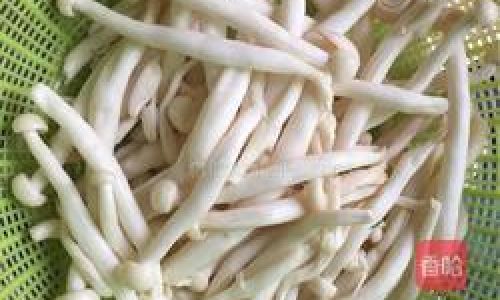
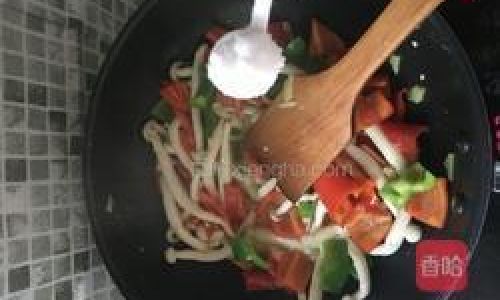
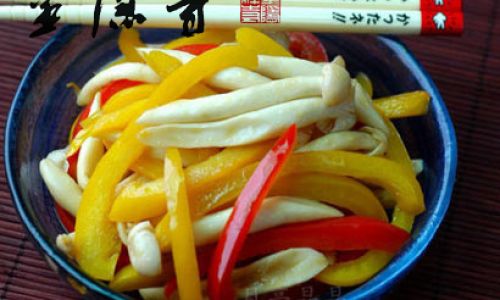
0 comments